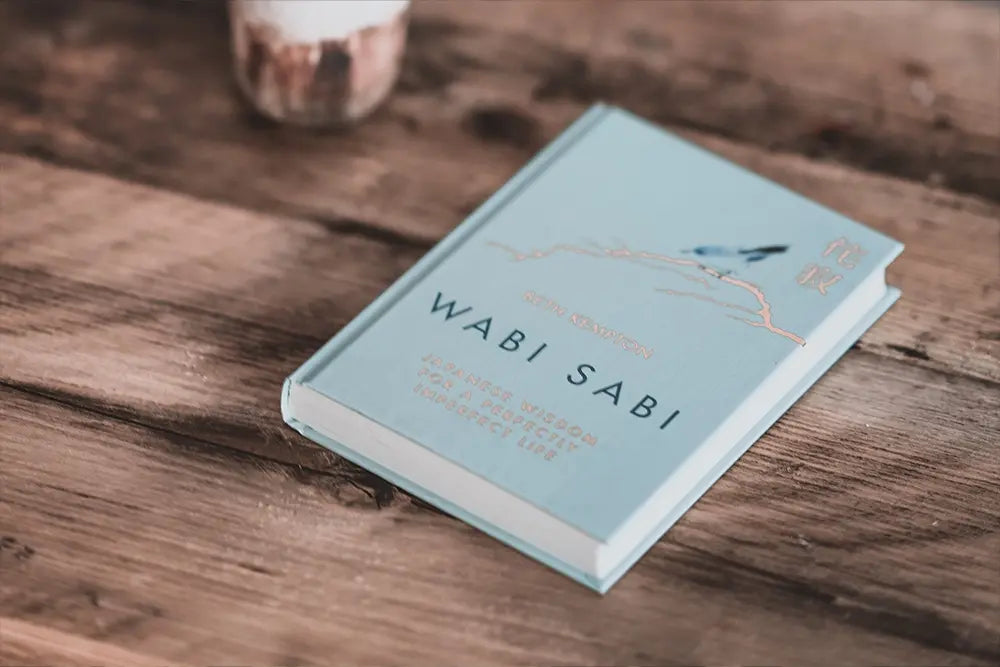Popular in the field of decoration which often only retains a series of pastel colors in different shades of beige, a superposition of abstract shapes and the use of wood and ceramics, wabi Sabi is a very trendy concept. . Numerous works have been devoted to this phenomenon, and all it takes is a simple search on Google or Pinterest to be exposed to a representation that often takes us away from its primary meaning.
Wabi Sabi is much more than a decoration trend. It is a philosophy deeply rooted in Japanese culture since the 12th century. An art of living that invites us to simplicity, to simplicity and to accept the beauty of imperfections, starting with our own. Strongly influenced by the notion of impermanence which is at the heart of Buddhist thought, it is an invitation to focus on the essential, to live to the rhythm of nature by accepting the idea that everything is ephemeral to free one's mind. of the need to “control” everything without ever being able to be “satisfied”.
In Wabi Sabi, the relationship with the world is identical to the relationship with material things and the manufacturing of everyday objects. It is governed by 7 key principles that are also found in all Japanese arts and crafts:
-
Kanso: simplicity, sobriety
-
Fukinsei: the absence of symmetry
-
Shizen: the natural
-
Seijaku: calm, tranquility
-
Shibui: discretion, suggestion
-
Datsuzoku: originality
-
Yugen: subtle grace
Just like Buddhism or Zen, Wabi Sabi does not apply, it is practiced. To adhere to it is to modify the way we look at ourselves, and at everything that surrounds us by getting rid of what clutters and hinders access to the tranquility and fullness of our mind: the greed, the permanent quest for performance and perfection, the need for recognition.
Practicing Wabi Sabi means no longer living solely in the expectation of more, in the hope of the best, but in the contemplation of what is already, however imperfect it may be.















